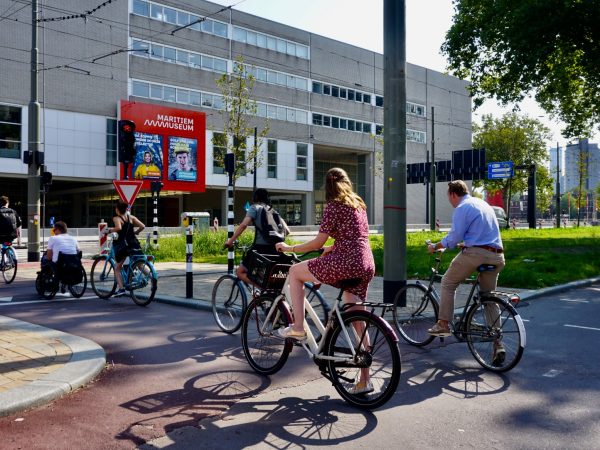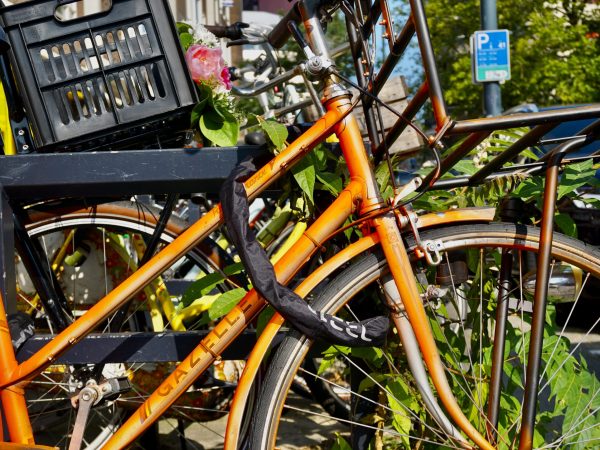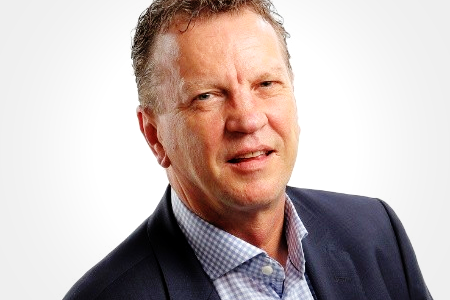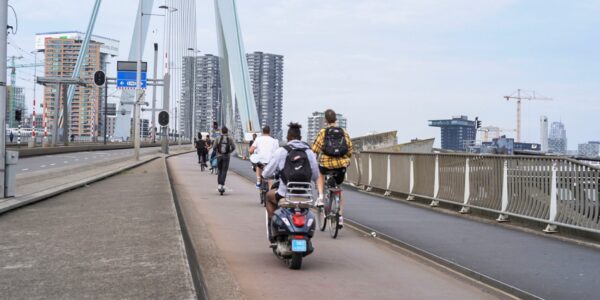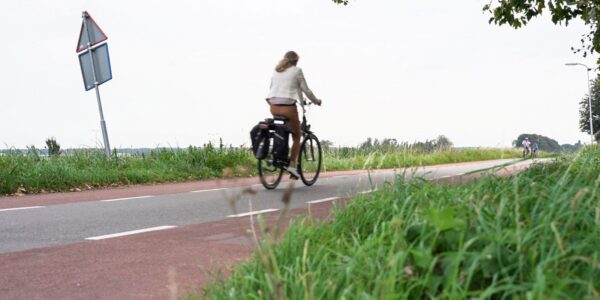Cities such as Paris, London, Budapest and Rome are rapidly creating provisional cycle paths, streets are being made low-traffic, and plans for cycling infrastructure have been dusted off.
Even in the Netherlands, the coronavirus crisis has a stimulating influence on the use of the bicycle. Sales of e-bikes for commuting have increased enormously, and a bicycle ride as a leisure activity has gained considerable popularity.
The question now is whether people will continue to take the bicycle even after the crisis. It is now known that cycling is better for health and the environment. It is expected that many people will continue to take the bike only as long as they can travel safely and almost as quickly from A to B as by public transport or car. That is why it is now key to speed up the improvement of cycling infrastructure and low-traffic inner cities.
Accurate measurement data are required to properly map the increase in the number of cyclists and to make the right decisions about improving the infrastructure. Where and when do more and more e-bikes, racing bikes and pedelecs drive between the cargo bikes and children’s bikes? These are the unsafe moments. Multisensors’s Signum measuring equipment provides the most accurate information, even during peak hours, about which cycle paths are now busier and unsafe and how they are used. With this information, governments can determine where new cycle paths should be placed and which ones they should adapt. A good bicycling infrastructure will certainly help people to take the bicycle even after the crisis.
